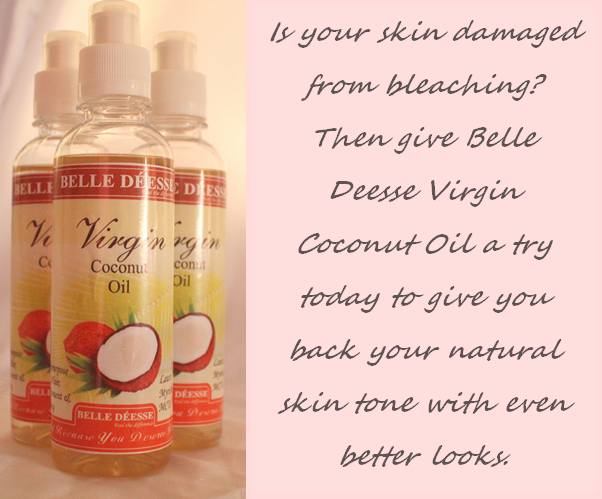
Diaper rash is caused when the skin comes in contact with an irritant (Urine, Detergent or Poop)
Seborrhoeic dermatitis also shows up on your babies bottom, this can be caused by:- Yeast Infection, Allergic reactions to diaper, Leaving a wet or dirty diaper on for too long, Bacteria Infection, Chafing or Rubbing of the skin against the diaper. This also causes diaper rash.
Diaper rash usually appears on older babies 8 – 12 months or sometimes younger ones too. If they are on Antibiotics or when the mother takes Antibiotics while nursing. Sleeping in a diaper filled with Urine or Poop. And when they start taking solid food. Diaper rash can be prevented by simply changing the diaper.
Using Belle Déesse Virgin Coconut Oil For Diaper Rash:- it’s antibacterial, antiviral, antifungal and antimicrobial. Belle Déesse VCNO contains Lauric Acid that treats bacterial and fungal problems. Lauric and Caprylic Acids kill fungus growth and other Yeast Infections. It treats and nourishes the irritated skin. Babies are not known to be Allergic to virgin coconut oil. Vitamin E prevents cracking and allows healthy skin growth.
Directions:- Wash your baby’s bottom after changing a diaper, allow to dry for 3 – 5mins. Apply Belle Déesse Virgin Coconut Oil to the affected area using your finger tips. Leave for 5mins so as to dry completely. Go ahead and Wear a new diaper on your baby.



